Meeting new people is tough, and “Hey, how are ya?”, “What do you do for a living?” and “Man, rough weather out there, right?” often don’t cut it because they are mundane and encourage autopilot responses. But there is a small talk method that psychologists and social scientists are touting as the best way to break the ice and make a lasting connection: collaborative riffing.
Collaborative riffing sounds like something you learn in an improv class, but it’s not as anxiety-inducing as it may sound. In fact, it’s not only effective—it’s fun. At least it’ll be more fun than finding a follow-up to “How are you doing?” after someone reflexively says, “Fine.”
Collaborative riffing is playful, witty banter that builds on what the other person is saying to create a “shared reality” that brings folks closer together through commonality, relatability, and a general sense of play.
Collaborative Riffing: An Example
Here’s a hypothetical example of a small talk exchange between two folks at a chili cook-off:
(Two people eating chili.)
“How’re you doin’?”
“Good.”
“How’s your chili?”
“Hot, but good.”
(Return to silently eating.)
Here’s the same situation, but if collaborative riffing were employed:
(Two people eating chili.)
“Man, this chili is pure fire, right?”
“Burns all the way down, doesn’t it?”
“Burns down, but hopefully not when it comes out.”
“We both knew what we were getting into when we swallowed a spoonful.”
“Don’t get me wrong, chili burning out is better than chili burning back up.”
“Amen to that. Stay strong and let's venture forward.”
(Both swallow another spoonful in solidarity.)
@ladiesandtangents Please share your faboeite fantasy pronunciations with us. #fantasy #booktok #acotar #ladiesandtangents #podcastclips #riffchallenge #rifmybit #fyp #xyzba
See the difference? Notice which one felt more fun? Here’s how conversational riffing works:
1. Don’t pre-plan, listen, and react to your shared reality.
In the collaborative riff, the conversation was spontaneous and based on a shared experience —not asking whether the other person's chili was hot, but remarking that it was and inviting the other person to comment on their shared reality (the chili they’re eating is hot). If you’re looking around the room for things to riff about rather than the discussion at hand, it’s not going to work, as that shows you’re not paying attention to the other person. Going with spontaneity and traveling down the same conversational road makes the other person feel heard and want to keep traveling with you.
2. Be vulnerable and use callbacks for instant bond building.
The conversation in our chili example got a little more real and vulnerable about how the chili would impact them, allowing them to joke about digestive issues in playful wordplay without grossing each other out. Had they not taken the risk of being vulnerable, natural, and “yes and-ing” to one another’s chili experiences, conversation would’ve stopped cold. On top of that, building on that vulnerability with one another allowed trust to be given and offered in return, which is how bonds are built.
Using callbacks can also build a quick bond, as it feels like a nice in-joke within your conversation that’s only between you and the other person. By using the same word (“burn”) or employing the same wordplay (the chili going “down,” “out,” “up," etc.), it shows that you’re listening to one another.
3. Build the conversation together at a quick pace.
In the chili example, the two went from discussing the chili's heat to implying they’d rather take Imodium than eat bad chili. They got there through the golden rule of improv: “yes and.” By agreeing to the reality (the chili was hot) and building upon it (and I’m going to pay for it later), they kept the conversation going at a fairly quick pace with shorter pauses than the usual awkward, need-to-think-about-it icebreaker questions. They also built on the topic at hand rather than diverting to a different subject (“That reminds me of…”). If the conversation runs low on steam, they have the option to get playful with it (“Can you imagine if…” or “We should totally…") to re-engage the conversation with an invitation to join in and build again.
- YouTube youtu.be
The results of collaborative riffing can lead to lasting friendships, new colleagues at work, and potential collaborations with ease due to playful engagement. Usually, this means the person you were in the conversation with positively remembers how you made them feel. The next time you’re at a mixer, give it a try. Even if you fall on your face, you’ll have a fun failure story to talk about later with your friends.







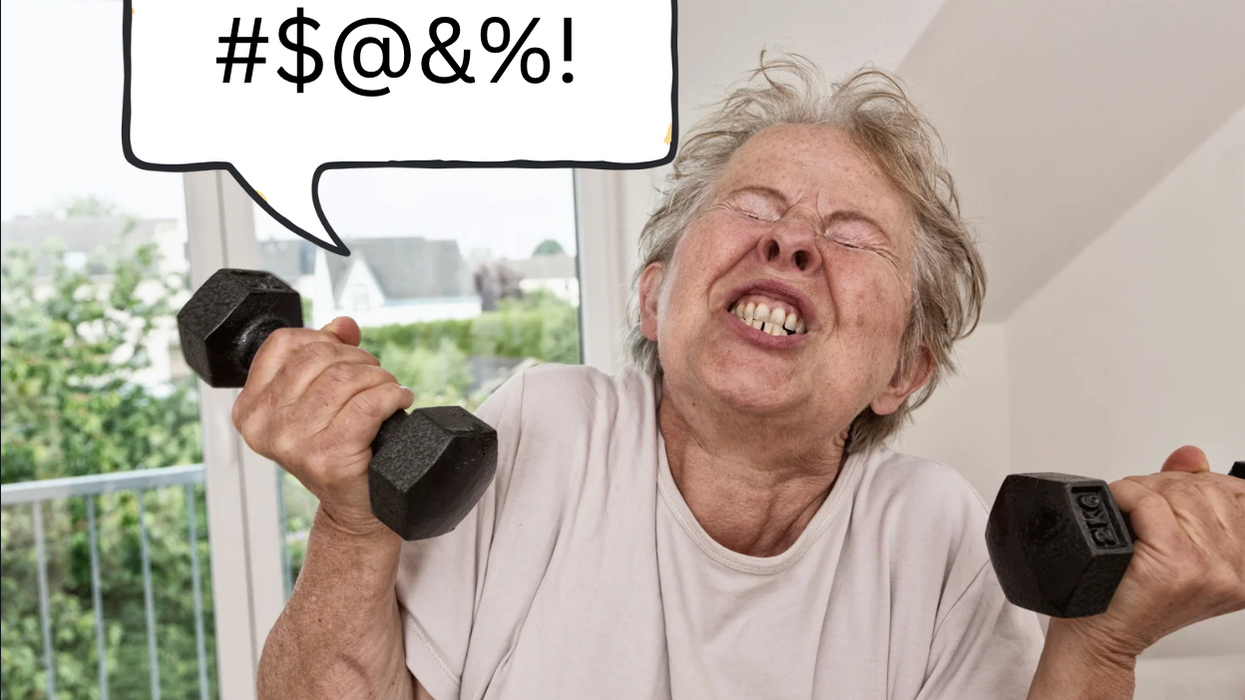


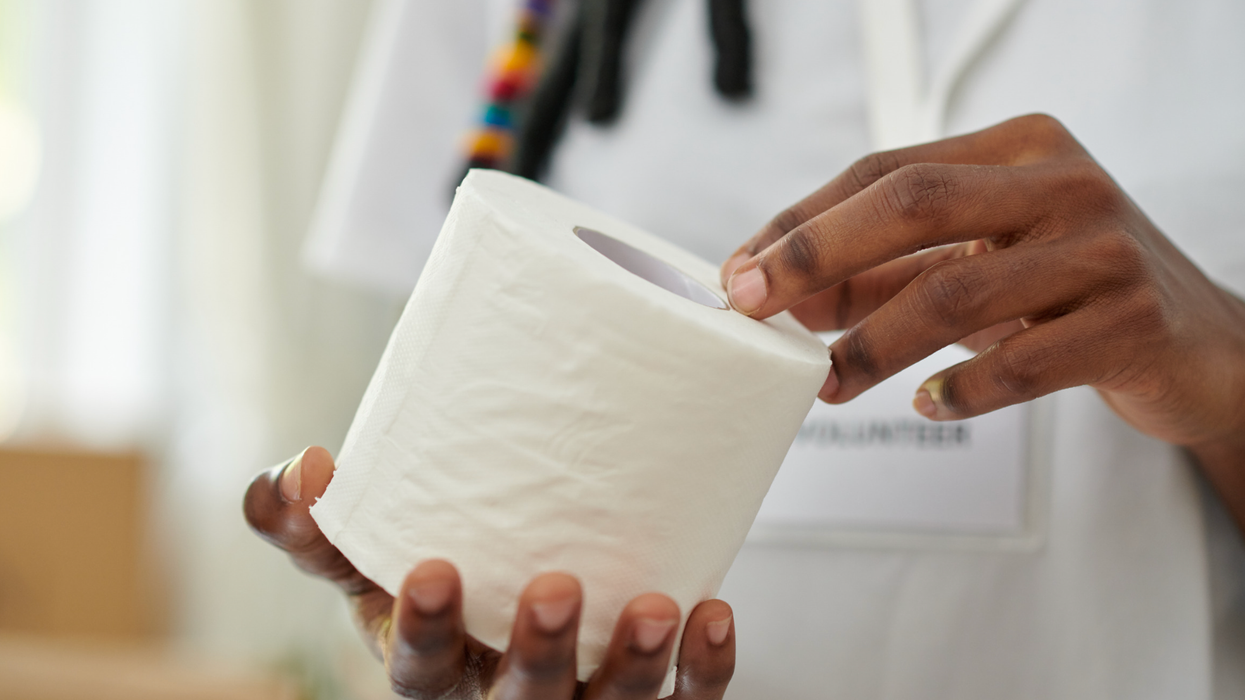




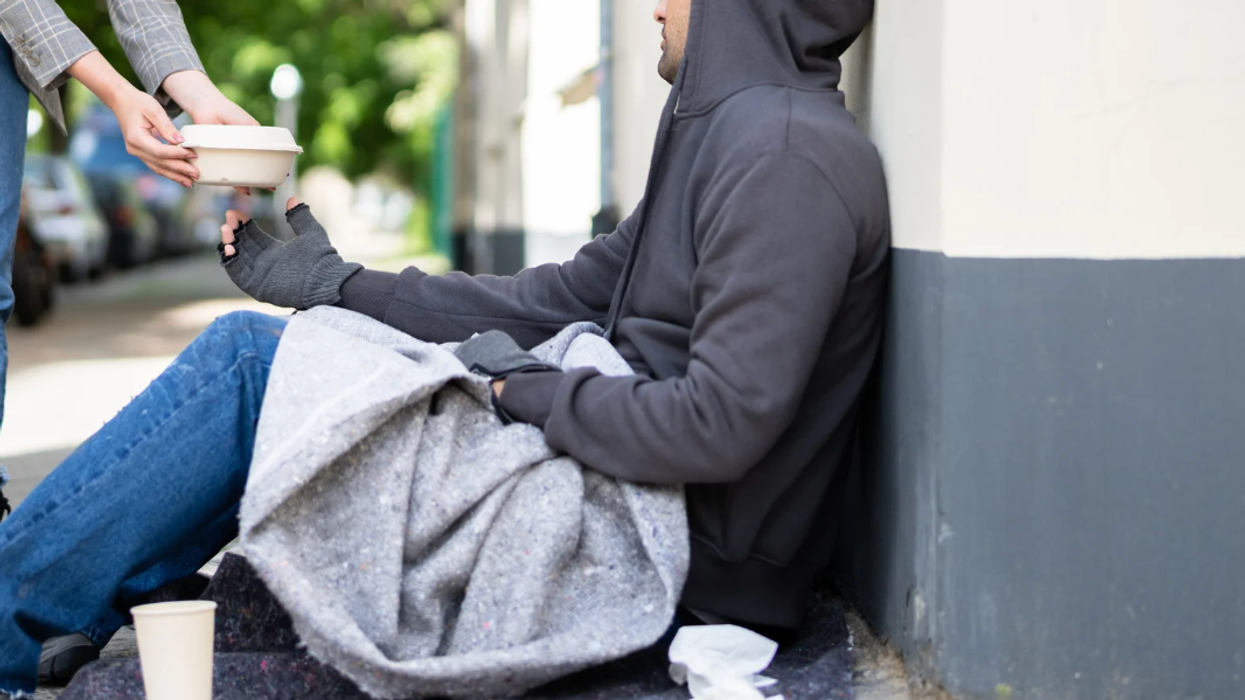
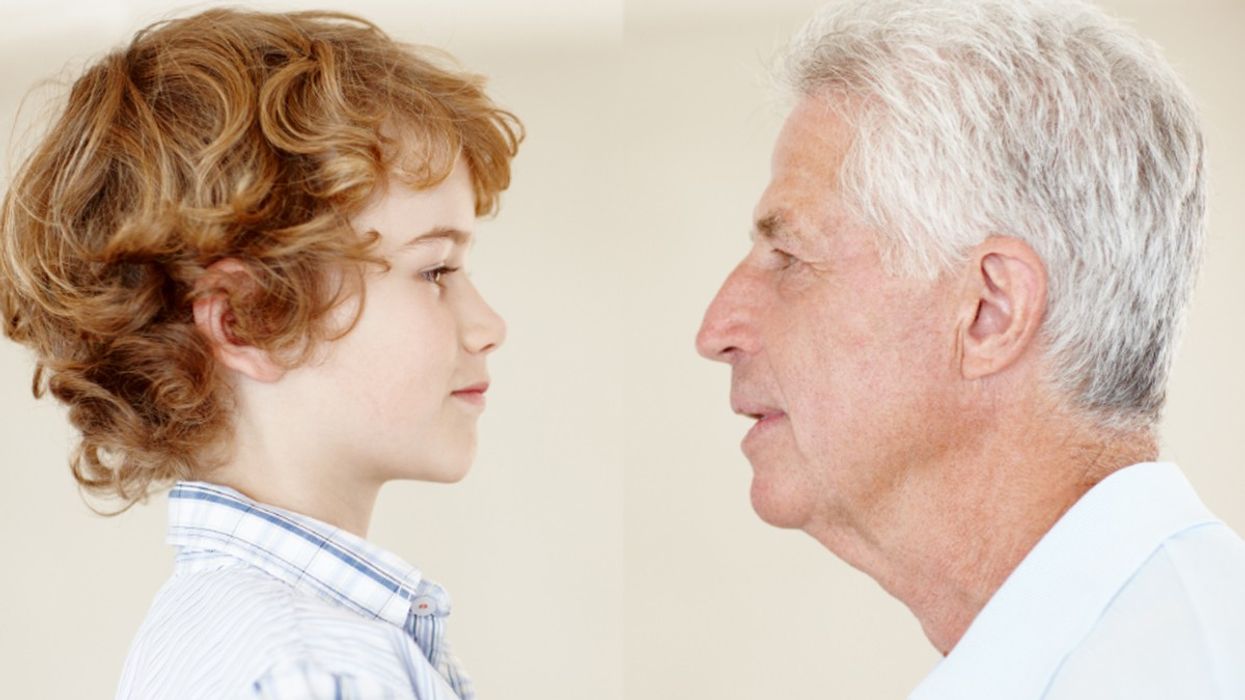
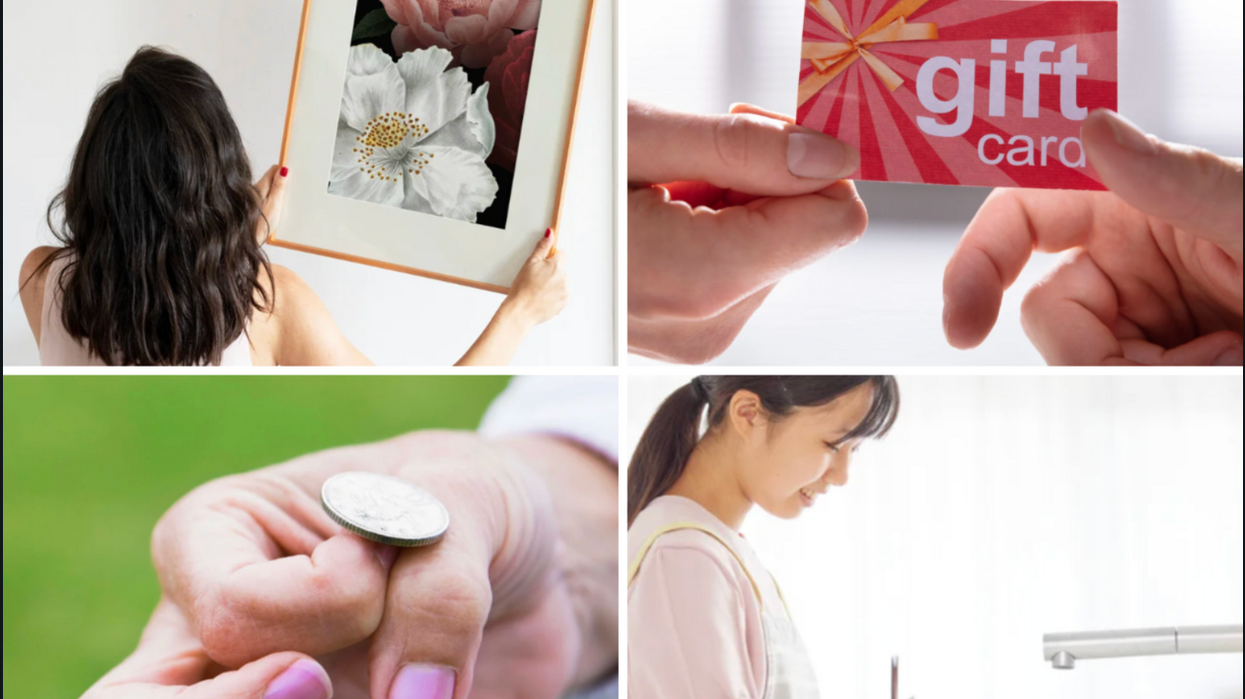




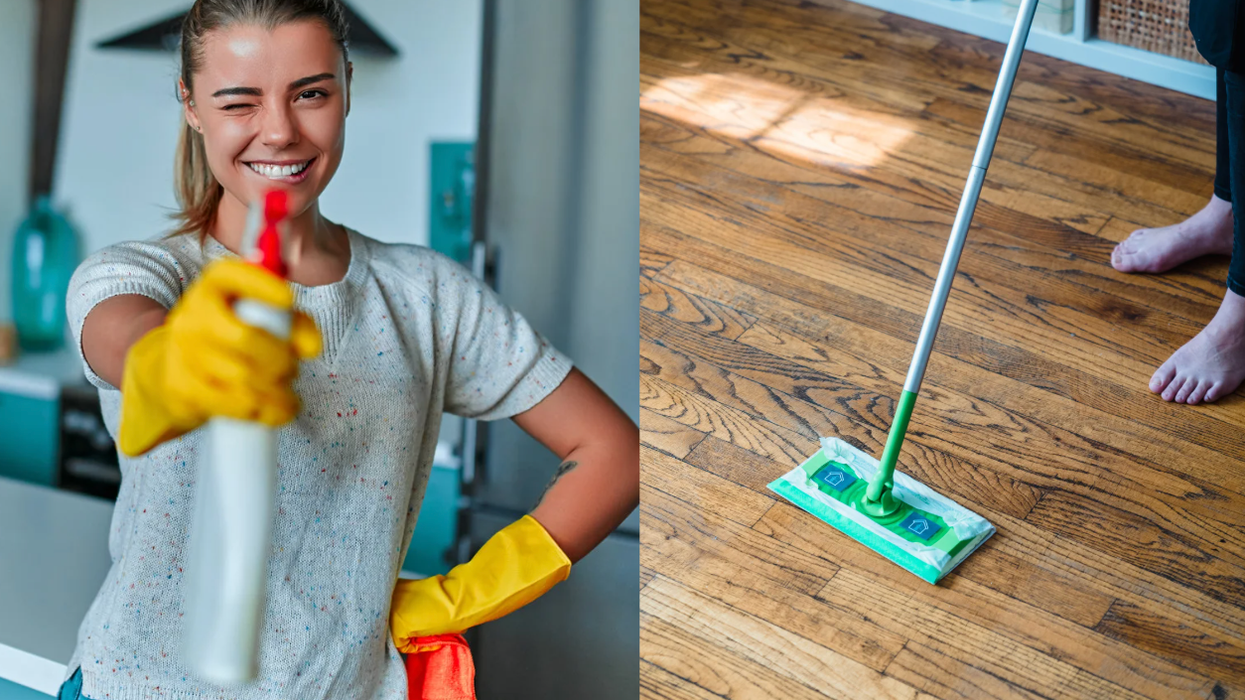

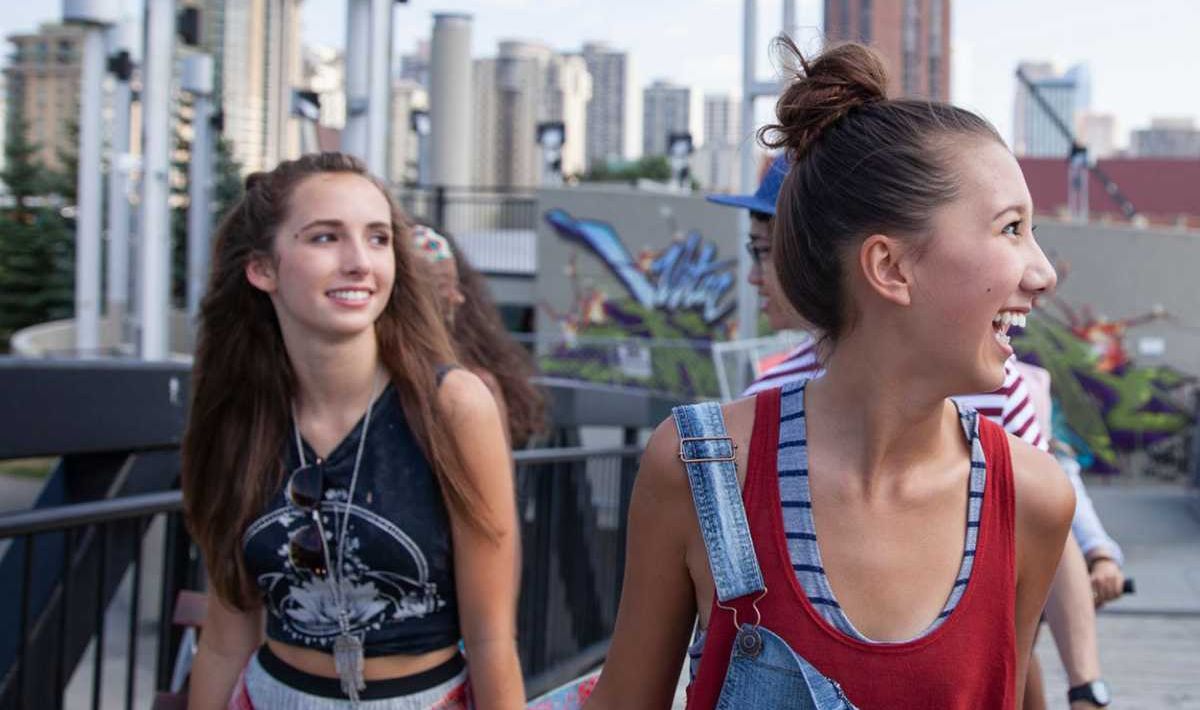
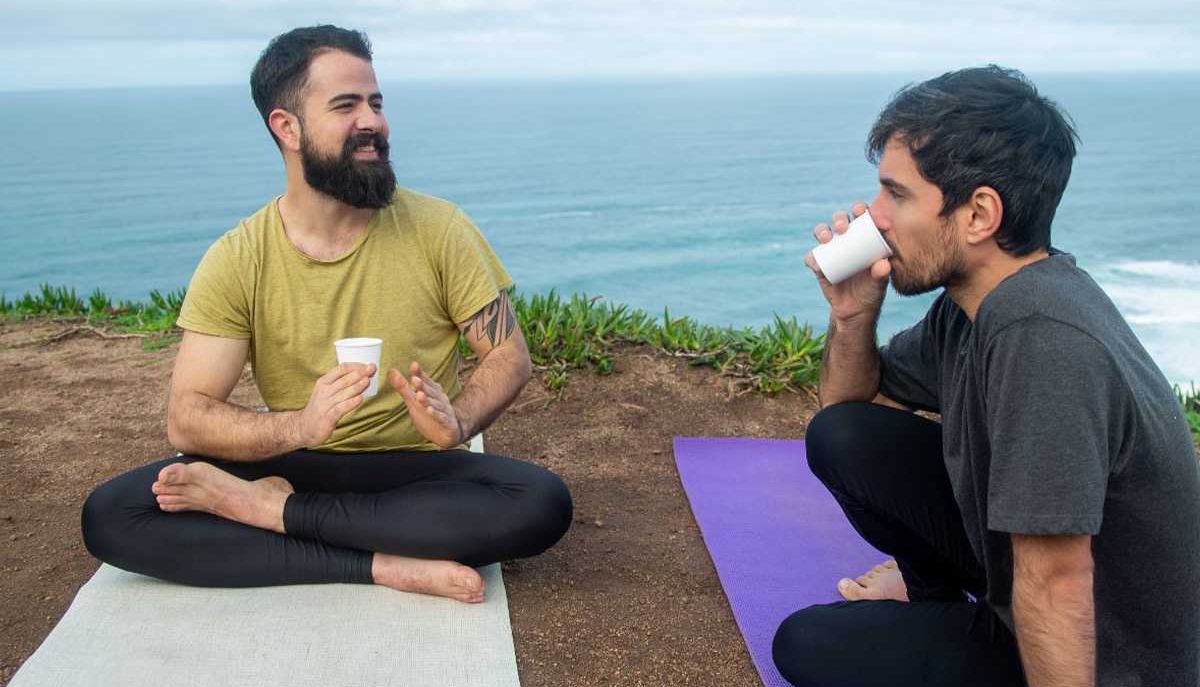 Men practice mindfulness overlooking the cliffs and ocean.Image via
Men practice mindfulness overlooking the cliffs and ocean.Image via  Man smiles at dusk.Image via sss - Photo by ridofranz
Man smiles at dusk.Image via sss - Photo by ridofranz
 Scratching her neck with a fork.
Scratching her neck with a fork.  Character assassinationImage via
Character assassinationImage via 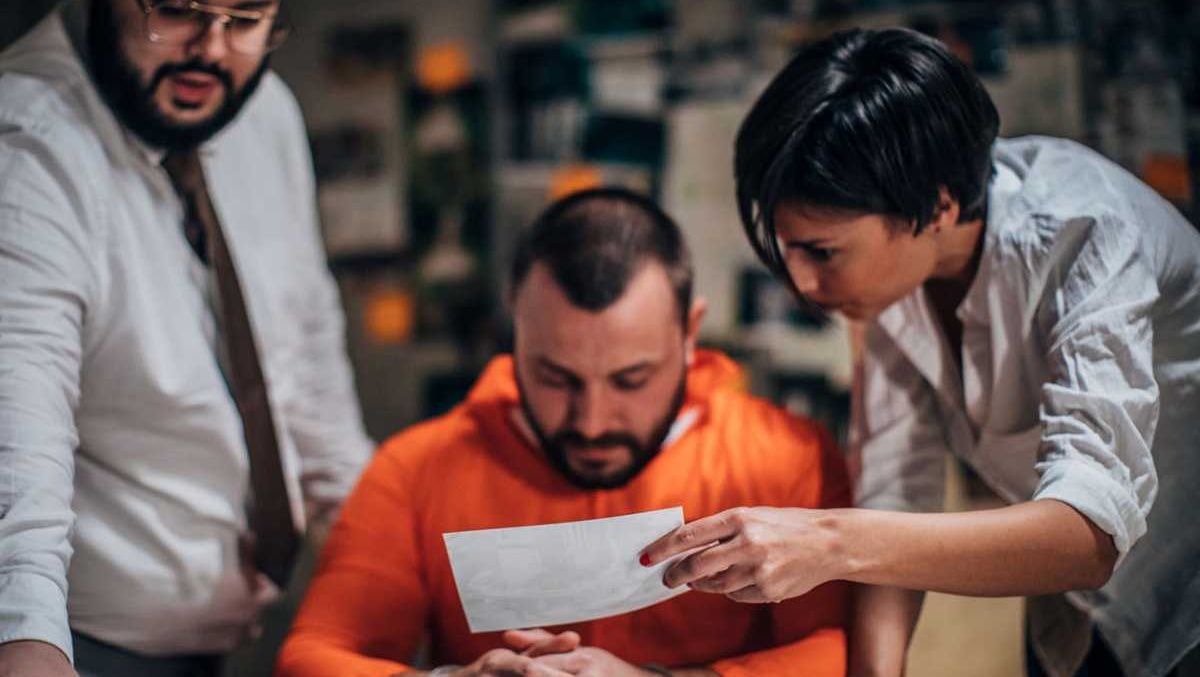 An interrogationImage via
An interrogationImage via  Sold!
Sold!  Industrial pollution and global warming.Image via
Industrial pollution and global warming.Image via  Great conversationImage via
Great conversationImage via